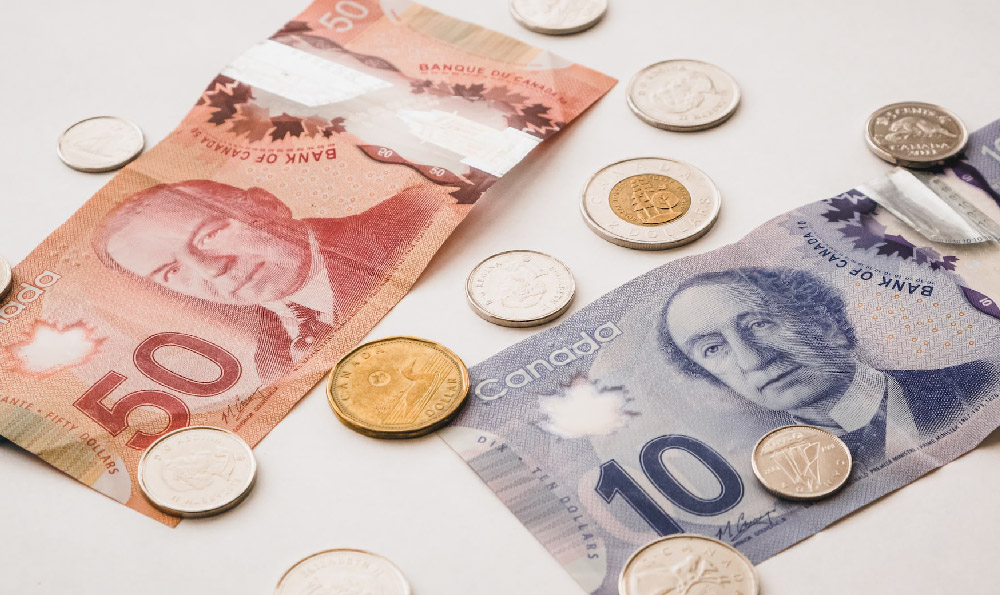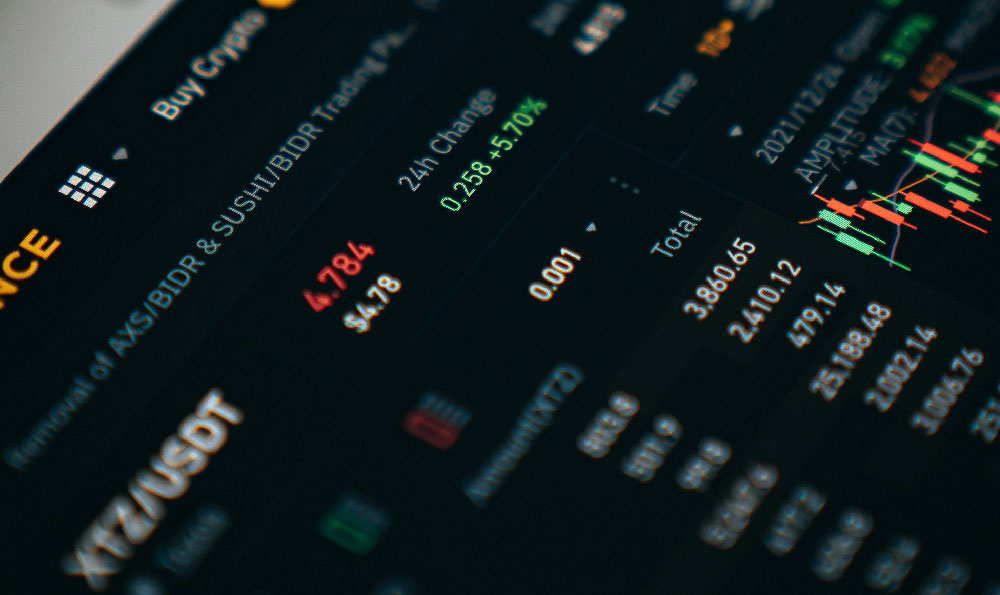Is driving Uber not profitable enough? How can you earn more money from Uber?
The gig economy, particularly driving for Uber, presents a flexible work option for many. However, the question of profitability is a recurring concern. The perceived lack of sufficient earnings often stems from a confluence of factors ranging from vehicle maintenance costs to fluctuating demand and the ever-present Uber commission. To truly understand how to earn more from Uber, one needs to adopt a multi-faceted approach that encompasses strategic driving, smart cost management, and diversification of income streams.
The most direct way to increase Uber earnings lies in optimizing driving habits. This involves a thorough understanding of peak demand periods and strategically positioning oneself in areas with high ride requests. Data analysis plays a crucial role here. Uber, within its driver app, often provides insights into historical demand patterns. Supplementing this with external data, such as information on local events, concerts, or sporting games, can give drivers a significant edge. Being present in these areas during peak times drastically increases the chances of securing profitable fares, including surge pricing opportunities. Surge pricing, while not always consistent, represents a significant potential for higher earnings. However, chasing surges blindly can be counterproductive. A smart driver will evaluate the surge’s longevity, the distance to the surge zone, and the likelihood of securing a ride once there. It's about making calculated decisions, not just reacting to the algorithm.
Beyond geographical optimization, understanding fare structures is paramount. Uber offers various fare types, including UberX, UberXL, Uber Comfort, and others. Depending on the vehicle type and market conditions, drivers may be eligible to participate in multiple categories. Diversifying the service offerings allows drivers to cater to a wider range of customer needs and potentially access higher-paying fares. Uber Comfort, for example, requires drivers to maintain a higher acceptance rate and provide a more comfortable ride experience, but it also commands a premium price. Similarly, UberXL caters to larger groups and is generally more profitable than standard UberX rides.

Effective cost management is equally crucial. A significant portion of a driver's earnings is consumed by vehicle-related expenses. Fuel costs, maintenance, insurance, and depreciation all contribute to the overall cost of operation. Regularly monitoring and optimizing these expenses can have a substantial impact on net earnings. For fuel, implementing fuel-efficient driving techniques, such as maintaining a consistent speed, avoiding aggressive acceleration and braking, and properly inflating tires, can save a considerable amount of money over time. Furthermore, exploring options for fuel rewards programs and utilizing gas station apps that offer discounts can further reduce fuel expenses.
Vehicle maintenance is another area where proactive measures can yield significant savings. Regular preventative maintenance, such as oil changes, tire rotations, and brake inspections, can prevent costly repairs down the line. Maintaining a detailed record of all maintenance activities allows drivers to track expenses and identify potential issues early on. Comparing quotes from different mechanics and negotiating for better prices can also help reduce maintenance costs. Choosing a fuel-efficient and reliable vehicle from the outset is a long-term strategy that can significantly lower operational expenses.
Insurance represents a substantial fixed cost for Uber drivers. Exploring different insurance options and comparing quotes from multiple providers is essential. While Uber provides some insurance coverage during the trip, drivers are typically responsible for maintaining their own personal auto insurance and potentially a commercial auto insurance policy, depending on local regulations and driving activity. Carefully evaluating the coverage levels and deductibles offered by different insurance providers is crucial to ensure adequate protection while minimizing premiums.
Beyond optimizing driving habits and managing costs, exploring alternative income streams within the gig economy can provide a buffer against fluctuating Uber earnings. Consider signing up for other ride-sharing platforms like Lyft to increase ride request volume and take advantage of promotional offers from competing services. Delivery services like Uber Eats, DoorDash, and Grubhub offer another avenue for generating income using the same vehicle. Diversifying income streams mitigates the risk associated with relying solely on Uber and provides more consistent earnings.
Finally, understanding and adapting to changes in Uber's policies and algorithms is crucial for long-term success. Uber frequently updates its driver app, fare structures, and incentive programs. Staying informed about these changes and adapting driving strategies accordingly can help drivers maximize their earnings potential. Actively participating in online driver communities and forums provides valuable insights into emerging trends and best practices. These communities serve as a platform for sharing information, exchanging tips, and collectively addressing challenges faced by Uber drivers.
Earning a substantial income from Uber requires a proactive and strategic approach. It's not just about driving; it's about optimizing driving habits, meticulously managing costs, diversifying income streams, and staying informed about changes in the Uber ecosystem. By adopting these strategies, drivers can increase their profitability and achieve their financial goals within the gig economy. The key is to view Uber driving not just as a job, but as a business, requiring careful planning, execution, and continuous improvement.















